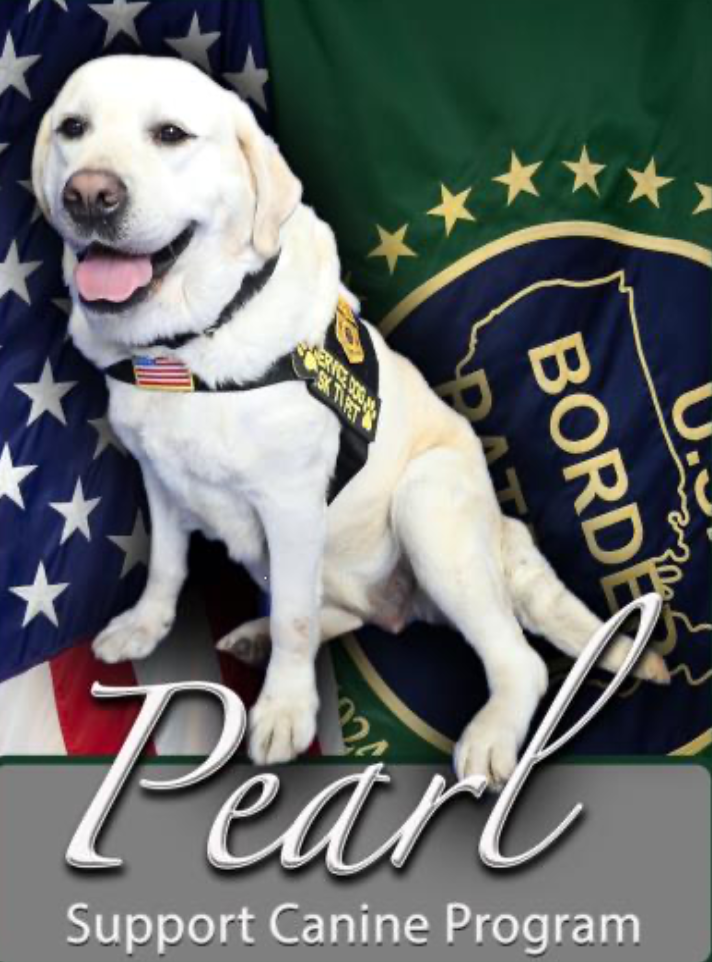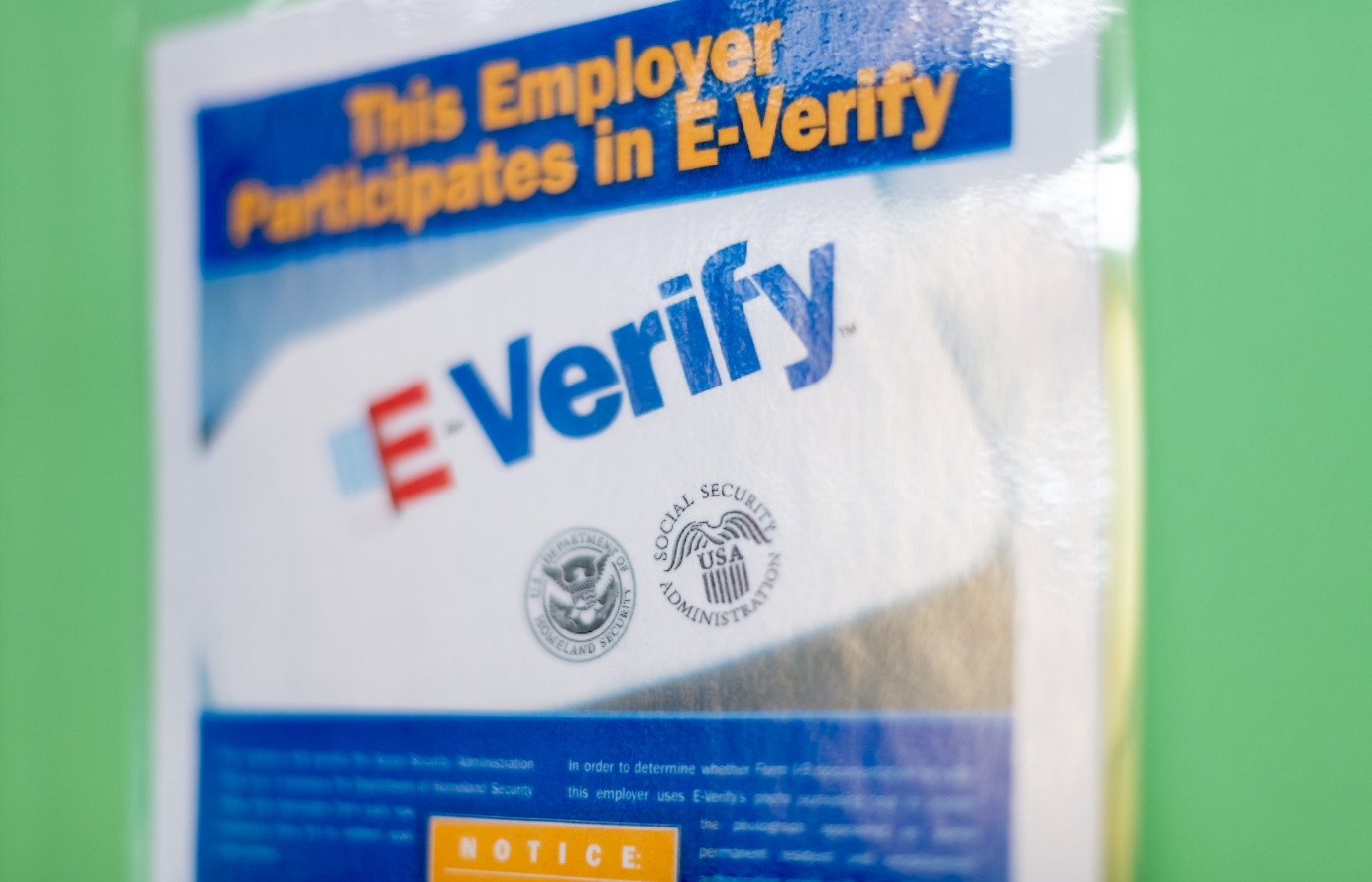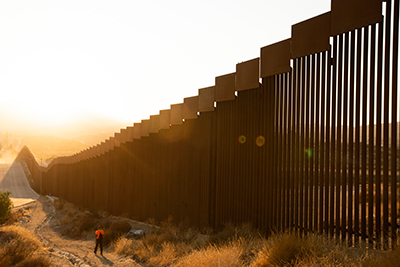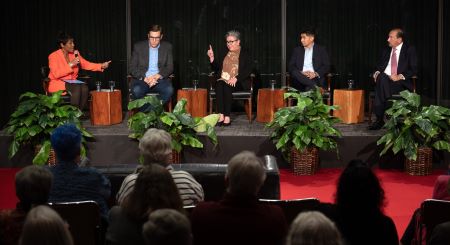McCaul & Bipartisan Lawmakers Call for Comprehensive Analysis of Border Security Needs
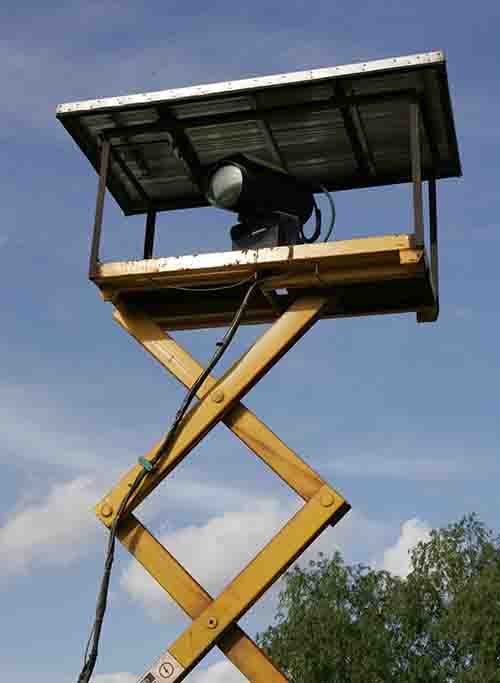 I recently introduced the Southwest Border Security Technology Improvement Act of 2020, legislation that would require the Department of Homeland Security to conduct an analysis on the technology needs and gaps to secure the U.S.-Mexico border. I teamed up with Representatives Torres Small (NM-02), Elissa Slotkin (MI-08), and Michael Cloud (TX-27), as well as Senators Kyrsten Sinema (AZ) and John Cornyn (TX), who led the bill’s introduction in the Senate.
I recently introduced the Southwest Border Security Technology Improvement Act of 2020, legislation that would require the Department of Homeland Security to conduct an analysis on the technology needs and gaps to secure the U.S.-Mexico border. I teamed up with Representatives Torres Small (NM-02), Elissa Slotkin (MI-08), and Michael Cloud (TX-27), as well as Senators Kyrsten Sinema (AZ) and John Cornyn (TX), who led the bill’s introduction in the Senate.
By determining gaps in our border technology, we will be able to detect where improvements must be made to strengthen our border security and national security. I am pleased to join my colleagues in introducing this important legislation to call on DHS to evaluate our border technology and identify shortfalls along our Southwest border so that we can better protect our nation.
"A strong, smart, and fair border security policy is essential to keeping our border community vibrant. Since day one in office, I have been calling for a mile-by-mile analysis of the border that reveals the real-time needs of agents and communities living and working along our border. This bipartisan effort would require that analysis and is another step forward to crafting border policy that reflects the realities on the ground,” said Torres Small.
“It’s past time for Congress to come together and finally secure our southern border. Our federal government’s unwillingness to control our border has created a humanitarian crisis and funded the criminal activities of cartels. There are actions Congress should take now to finish the job. Our southern border law enforcement officials rely on technology to do their jobs well and keep us safe, but significant gaps in this area pose a threat to our national security and should be filled immediately. The longer this is left unaddressed, the more people will suffer. That’s why I am pleased to be an original cosponsor of the Southwest Border Security Technology Improvement Act,” said Cloud.
“Border security shouldn’t be driven by politics, it should be treated as an objective, national security issue. This bipartisan legislation does exactly that, by requiring the Administration to create a strategy for integrating new technologies in its approach to border security. New and emerging technologies present an opportunity to deploy smart and effective means to secure our border, while relieving the strain on understaffed personnel, at both our Southern and Northern border. As a national security professional by training, I have spent my career protecting the Homeland. We must maintain security at our borders, and we can do so in accordance with our values as a country,” said Slotkin.
The Southwest Border Security Act requires DHS to conduct a technology needs analysis for border security technology along the Southwest border. The analysis would include an assessment of:
- The technology needs and gaps along the Southwest border to:
- prevent terrorists and instruments of terror from entering the United States;
- combat and reduce cross-border criminal activity including: the transport of illegal goods, such as illicit drugs, human smuggling and human trafficking
- facilitate the flow of legal trade across the Southwest border
- Recent technological advances that have the potential to improve border security such as:
- Manned and unmanned aerial systems
- Tower-based surveillance technology
- Non-Intrusive Inspection technology
- Tunnel detection technology
- Communications equipment including radios and broadband systems
- The Department’s ongoing border security technology development efforts.
- Any other technological needs or factors including border security infrastructure, such as physical barriers or dual-purpose infrastructure the Secretary determines should be considered.
Additionally, the bill requires DHS to develop a plan to meet the border security technology needs and gaps identified in the analysis, including developing or acquiring technologies not currently in use by the Department, and requires DHS to consider the following:
- technology that is deployed and is sufficient for the Department’s use along the Southwest border;
- technology that is deployed, but is insufficient for the Department’s use along the Southwest border;
- technology that is not deployed, but is necessary for the Department’s use along the Southwest border;
- trends and forecasts regarding migration across the Southwest border;
- the impact on projected staffing and deployment needs for the Department, including staffing needs that may be fulfilled through the use of technology;
- the needs and challenges faced by employees of the Department who are deployed along the Southwest border;
- the need to improve cooperation among Federal, State, tribal, local, and Mexican law enforcement entities to enhance security along the Southwest border;
- the privacy implications of existing technology and the acquisition and deployment of new technologies
- the impact of any ongoing public health emergency that impacts Department operations along the Southwest border;
- the ability of, and the needs for, the Department to assist with search and rescue efforts for individuals or groups that may be in physical danger or in need of medical assistance.
The Southwest Border Security Technology Improvement Act has been endorsed by the National Treasury Employees Union, which represents CBP Office of Field Operations Officers, the National Border Patrol Council, which represents Border Patrol Agents, and the Border Trade Alliance.



